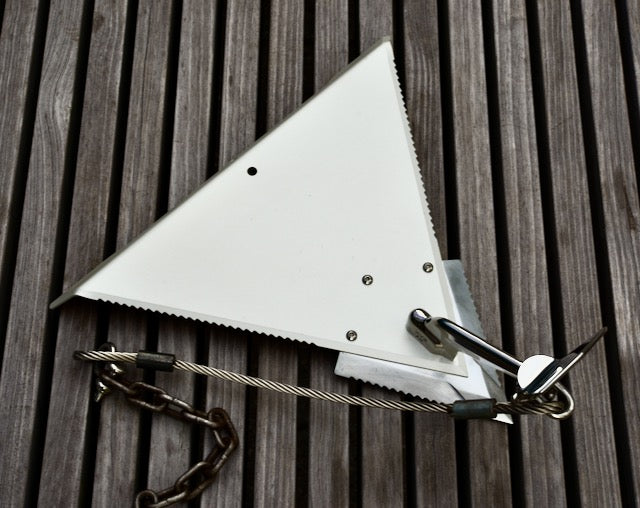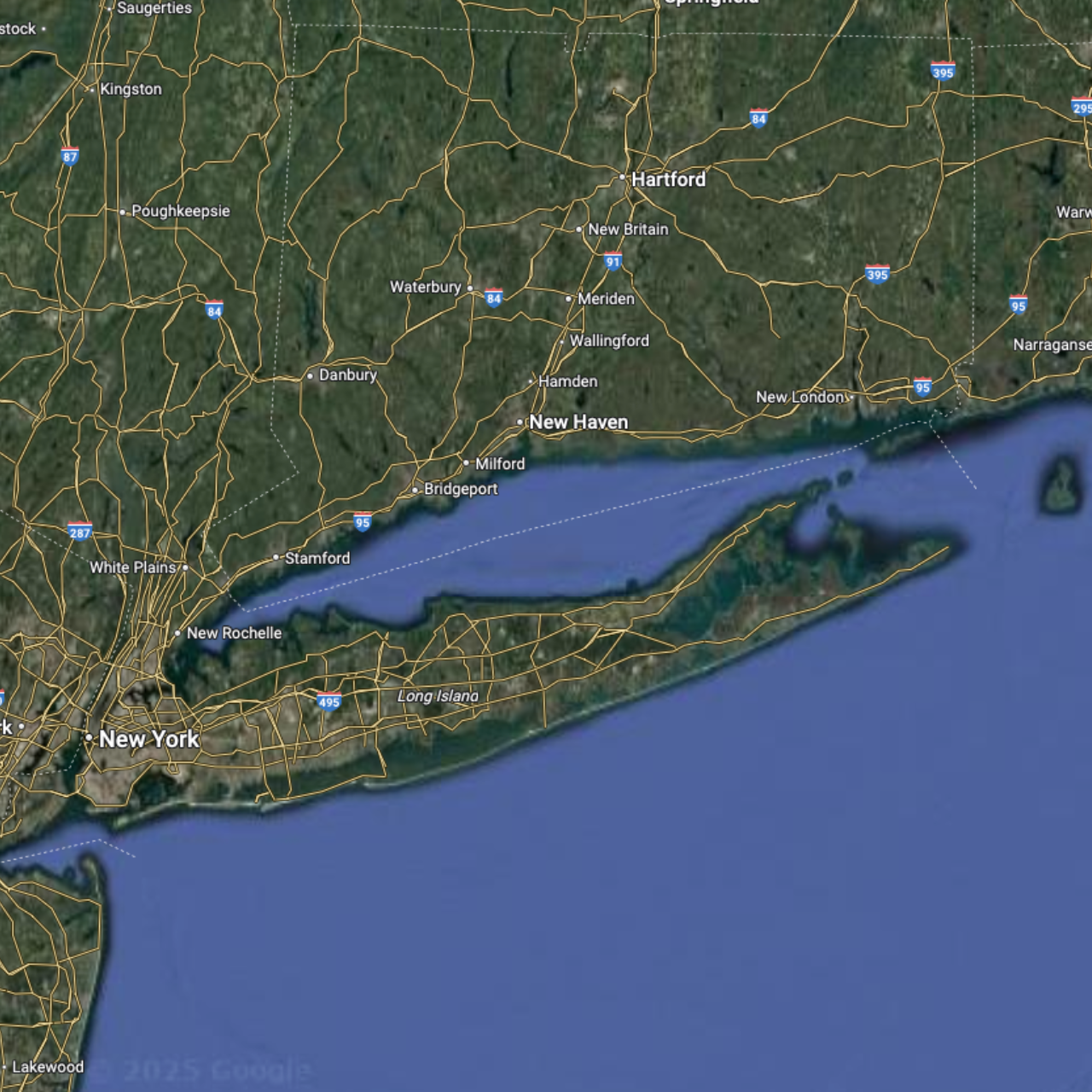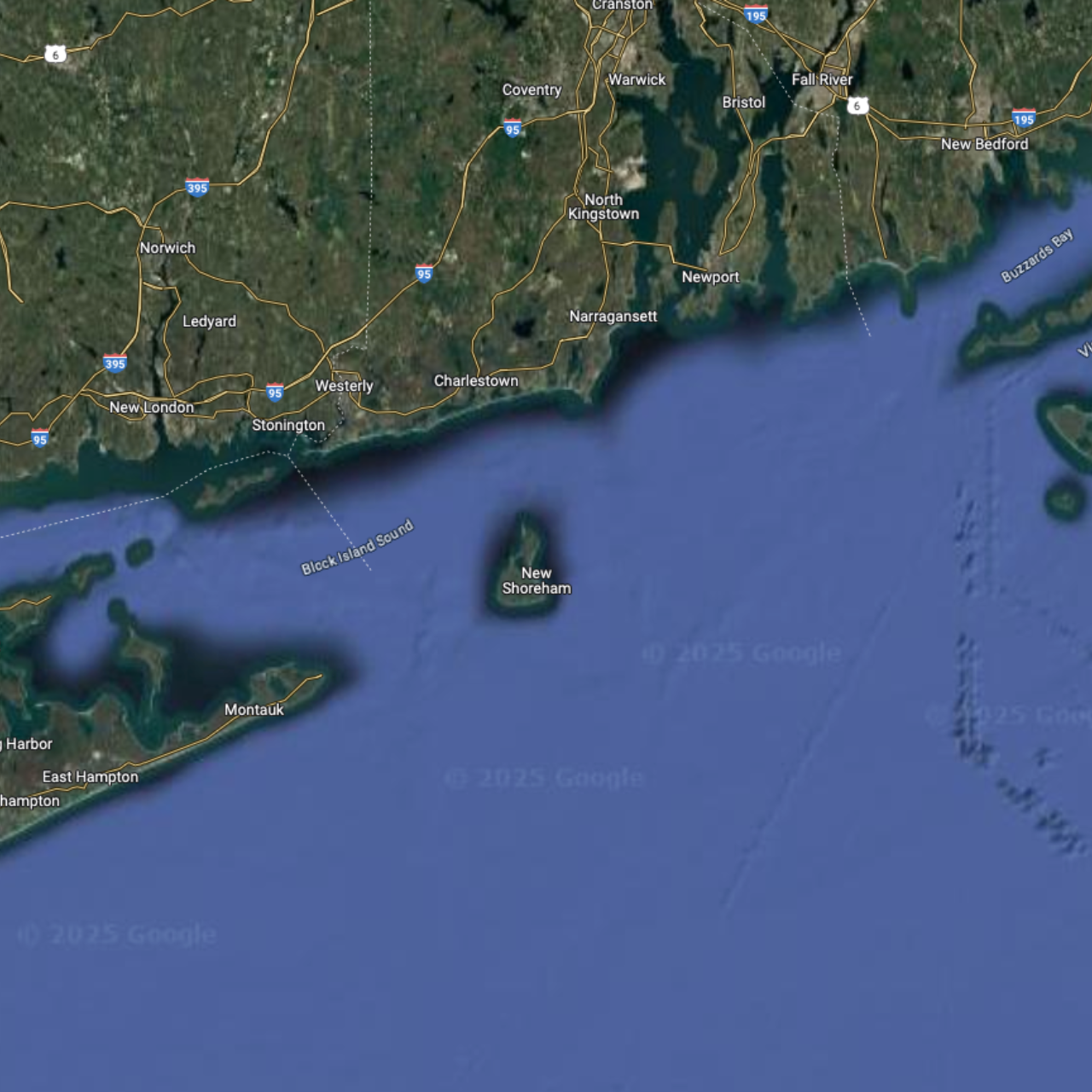
HOW WE TEST
The following testing protocols are based on practical application and adhere to the latest industry benchmarks. A blend of on-site assessments, laboratory experiments, and advanced computer simulations are employed to confirm the effectiveness and robustness of the design.
OUR TESTING APPROACH
Collapsible content
Test 1 - Anchor Setting Breakout
Scope
This test started with the anchor on the bottom of the sea bed, at a 5:1 scope. A 5:1 scope means that for every unit of water depth, there is five times that amount of chain or rope length laid out. For example, if the water depth is 10 meters, then 50 meters of rode would have been used.
Criteria of success
To pass the Test #1, the anchor must HOLD and not drag or break out of the seabed substrate during the test. The anchor must hold at maximum RPM, at 1:1, 3:1, and 5:1 scope. Testing vessel: 40HP/4000lbs, 11 knots
Testing mechanism
Starting from an idle RPM, we increased the RPM to 2000 RPM, then to the maximum RPM, to enable the anchor to set. Once set, we reduced the RPM to idle, then increased it to the maximum RPM and held it for 1 minute, then reduced RPM to idle.
Result
This process was repeated 3 times, and the XYZ anchor succeeded in not breaking out.
Test 2 - Sudden Impact
Criteria of success
To pass the Test #2, the anchor must HOLD and not drag or break out of the seabed substrate during the test. The anchor must hold at maximum RPM, at 1:1, 3:1, and 5:1 scope. Testing vessel: 40HP/4000lbs, 11 knots.
Testing mechanism
With the anchor set at 5:1 scope, the boat is given full throttle from idle to maximum RPM in less than 3 seconds. The anchor must hold the boat at full throttle, then RPM is reduced to idle. This process is repeated 3 times.
Result
This process was repeated 3 times, and succeeded in not break out.
Test 3 - Anchor Setting Under Motion - Boat Speed
Criteria of success
To pass the Test #3, the anchor must set and HOLD at a 3:1 scope. Testing vessel: 40HP/4000lbs, 11 knots.
Testing mechanism
This test simulates a panic situation where the vessel is moving at 3 knots and a 3:1 scope. The anchor is dropped, and the boat continues to move forward at 3 knots for 1 minute before stopping. The RPM is then increased to maximum for 1 minute.
Result
This process was repeated 3 times, and succeeded in not breaking out.
Test 4 - 60 Maximum Load and 3:1 Scope
Testing mechanism
Once the anchor is set, the vessel makes a full 360° circle around the anchor at maximum RPM at 1:1, 3:1, and 5:1 scope.
Criteria of success
To pass the Test #4, the anchor must HOLD at 1:1, 3:1, and 5:1 scope. Testing vessel: 40HP/4000lbs, 11 knots.Result:This process was repeated 3 times, and succeeded in not breaking out.
Result
This process was repeated 3 times, and succeeded in not breaking out.
WHERE WE TEST

Location 1
Long Island Sound, New York, USA
Location details
- Bottom: Sand with some clay
- Water Depth: 15-20ft, mixed with small rocKS
- Testing Area: 1 mile radius
Rode details
- New England 3-strand twisted rope 1/2"
- Length: 150ft (30ft of chain + 120ft of rope)
Anchor details
- Tested with 15lb/6.8kg XYZ anchors
Vessel details
- Testing vessel: 40HP/4000lbs boat

Location 2
Block Island, Rhode Island, USA
Location details
- Bottom: Mixed sand and rock
- Water Depth: 30-40ft, mixed with some larger rocks
- Testing Area: 1 mile radius
Rode details
- New England 3-strand twisted rope 1/2"
- Length: 150ft (30ft of chain + 120ft of rope)
Anchor details
- Tested with 15lb/6.8kg XYZ anchors
Vessel details
- Testing vessel: 40HP/4000lbs boat


